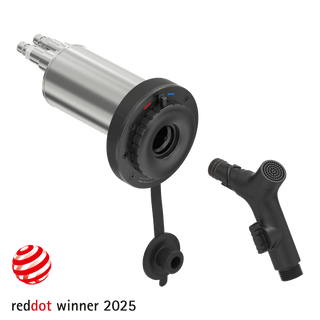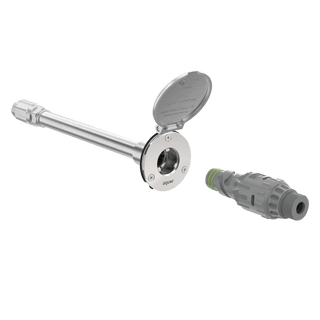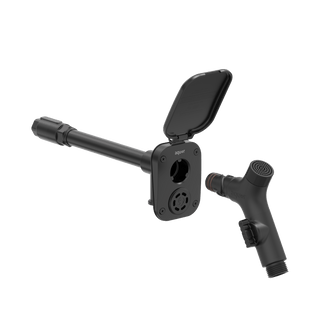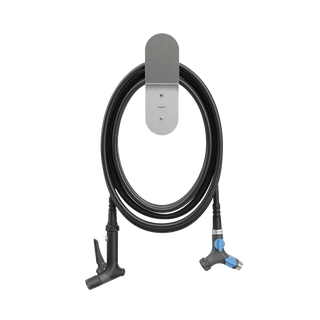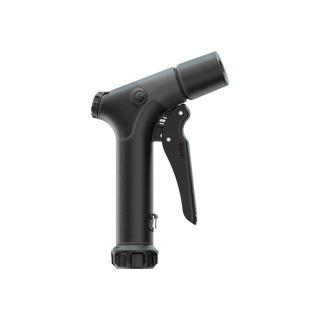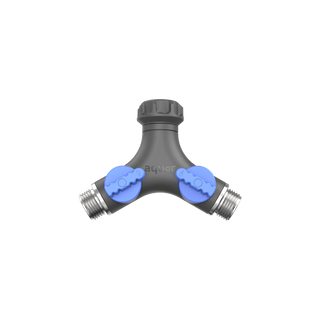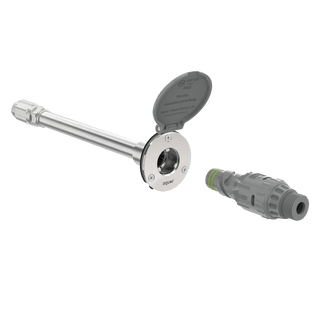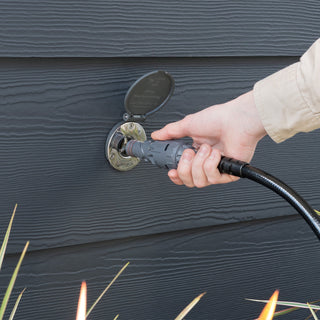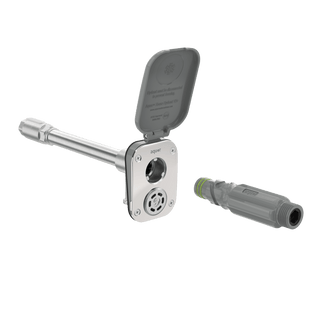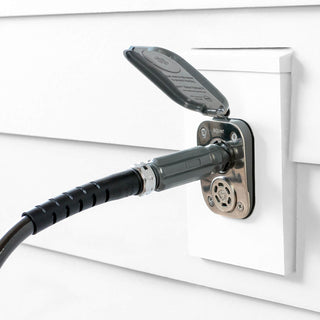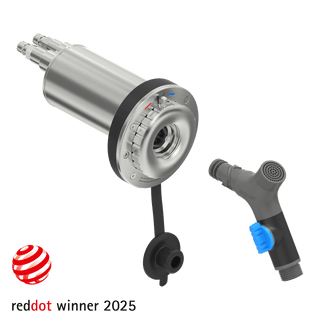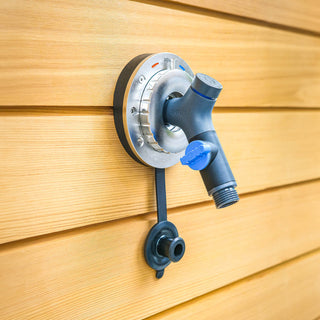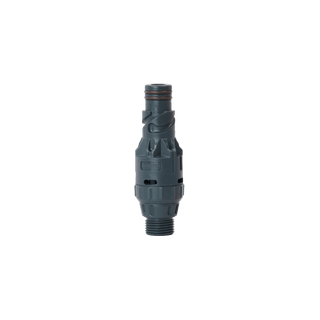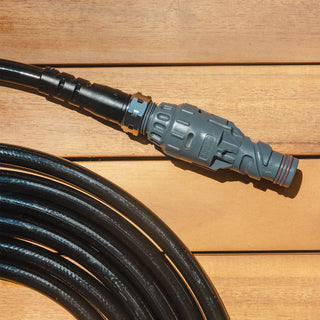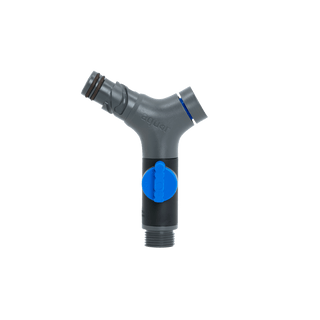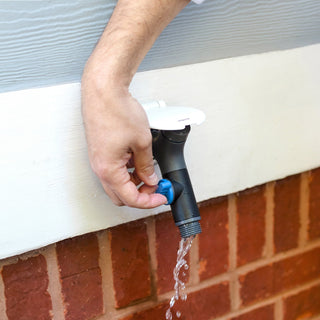What is a Vacuum Breaker? Do I Need One?
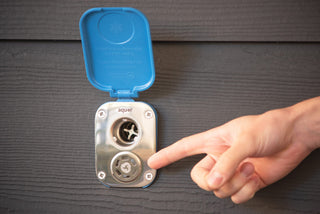
A vacuum breaker prevents potential water contamination by stopping water from flowing backwards.
What is backflow?
Backflow occurs when water flows in the reverse direction. Imagine water flowing back into your faucet, instead of flowing outside like normal.
How can backflow occur?
Normal water pressure keeps water flowing in one direction. For backflow to occur, the pressure needs to drop so much that it creates suction and pulls the water backwards. That’s not a problem with clean water. But you certainly don’t want any dirty or hazardous water flowing backwards into your home.
A few uncommon situations where backflow can happen:
- A fire hydrant is opened on your street
- A water main bursts
- Malfunction in a fire protection system
Backflow can also occur any time there is a heavy demand on the potable water supply.
Because a hose bibb is an indirect cross-connection, backflow can only occur under unique circumstances.
ALL of the following would need to happen at the same time:
- A hose would need to be attached to the hydrant, with water flowing
- The end of the hose would need to be submerged in hazardous liquids
- A major drop in water pressure causing negative pressure would need to occur
- The negative pressure would need to be so great that it pulls the hazardous liquids all the way into the home
What is a vacuum breaker?
A vacuum breaker is a backflow preventer. It’s a threaded device that attaches onto a faucet. It prevents water from flowing backwards into the plumbing.  Vacuum breakers prevent water from flowing in the reverse direction.
Vacuum breakers prevent water from flowing in the reverse direction.
How does a vacuum breaker stop backflow?
The pressure of flowing water pushes the valve open. When the water is turned off, the pressure decreases and the valve closes. The air pressure keeps water from seeping back into the spigot from the outside.
Do I have a vacuum breaker?
Is there a device screwed onto your faucet’s mouth similar to the one pictured below? If so, you do have a vacuum breaker.
 Hose bibb with vacuum breaker screwed onto the faucet mouth.
Hose bibb with vacuum breaker screwed onto the faucet mouth.
Do I need a vacuum breaker?
Plumbing codes vary, so check your local codes. If you’re retrofitting or remodeling, you might not be required to have one. Most new construction homes require them now. Even if you’re not required by code to have one, evaluate your risk level. If you’re filling buckets with chemicals in them, you’ll want backflow protection. If you’re using a spray nozzle, or only using potable water, there’s not much risk.
What types of vacuum breakers does Aquor offer?
Aquor offers two types of vacuum breakers:
- Vacuum breakers built into Hose Connectors
- Vacuum breakers built into Hydrants
The Vacuum Breaker Hose Connector has a vacuum-breaker built into the connector: 
 The House Hydrant V2+ has a vacuum-breaker built into the hydrant faceplate:
The House Hydrant V2+ has a vacuum-breaker built into the hydrant faceplate: 

Which vacuum-breaker is right for me?
The advantage of the hose-mounted vacuum-breaker (V1+) is a slightly easier installation.
We recommend the V1+ for retrofits and remodels. However, you must use the specific VB hose connectors to remain protected against backflow.
The advantage of the hydrant-mounted vacuum-breaker (V2+) is greater flexibility with hose connectors.
We recommend the V2+ for new construction, or certain retrofits. ANY Aquor hose connector can be used while still providing backflow protection.

